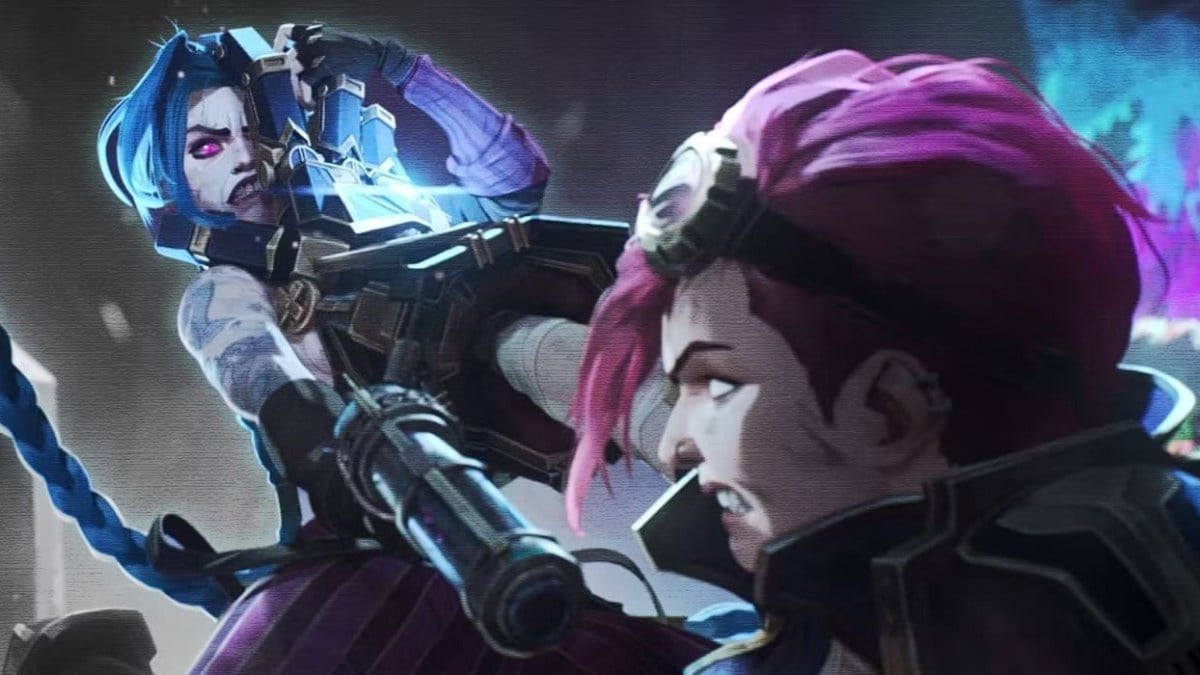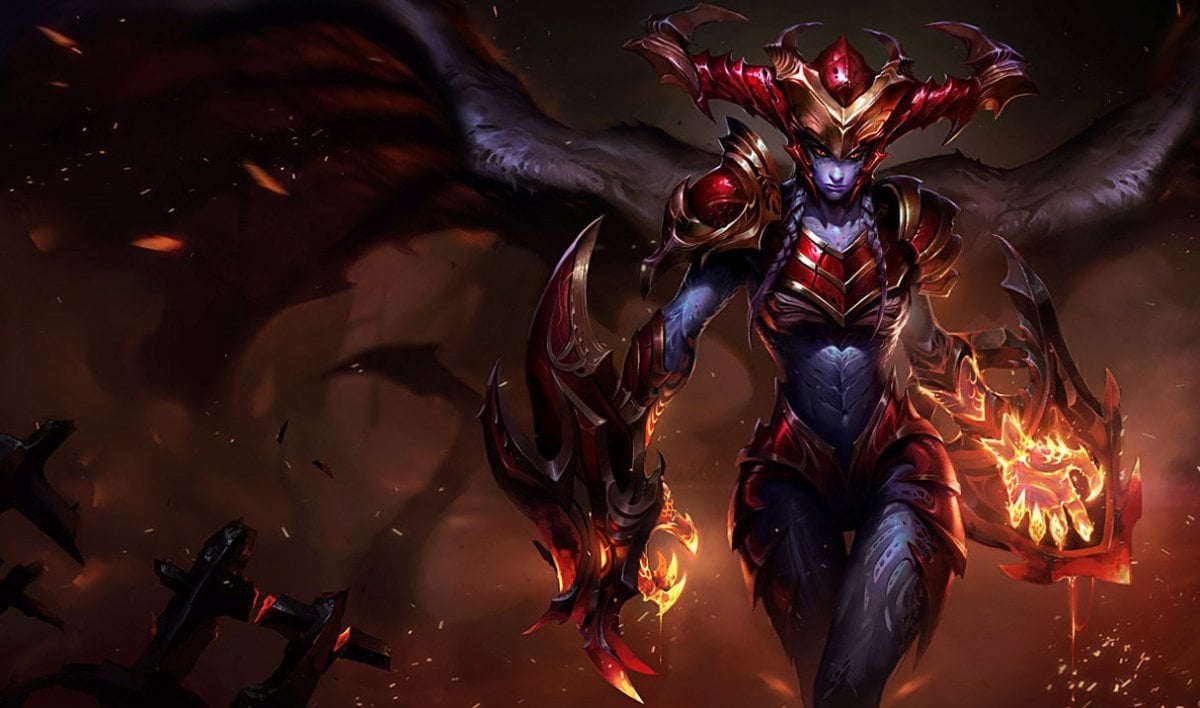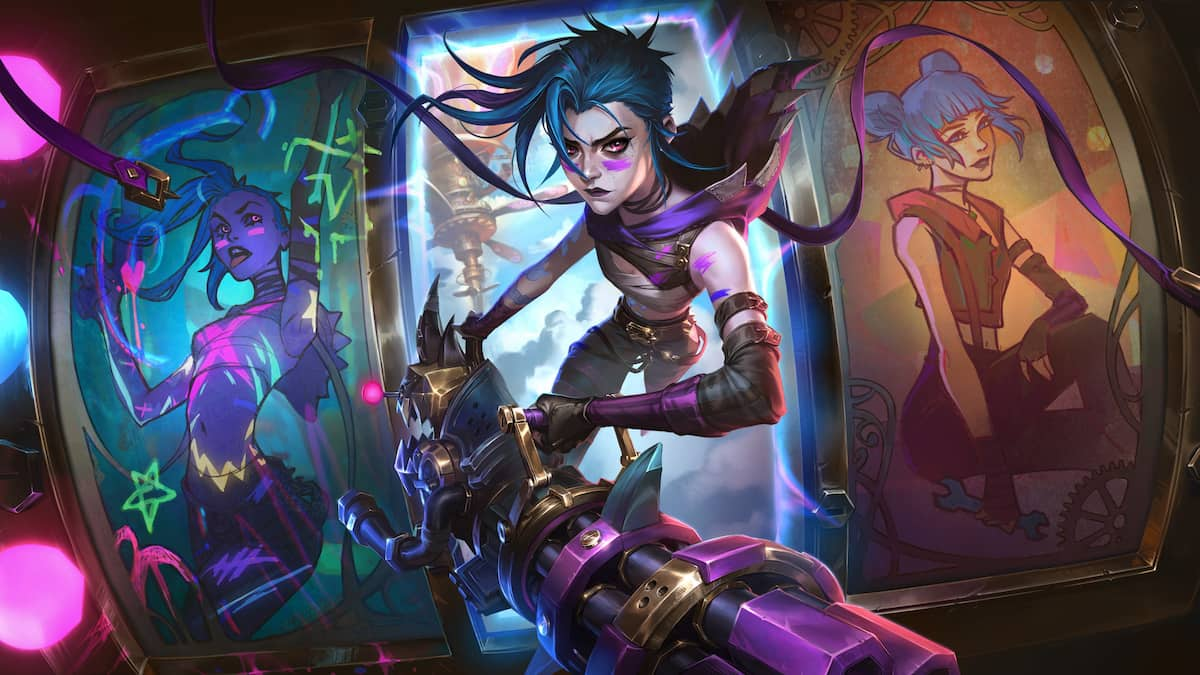Each of the previous World Championship tournaments has either contributed to or defined a specific metagame: Season 1 saw Shushei and Fnatic popularize the double-AP composition — CLG.eu and Moscow Five found continued success with “wombo-combo” teamfight compositions in Season 2 — the combination of assassins and strong split-pushers helped Faker, Impact, and SK Telecom T1 rise to international fame in Season 3 — and Samsung White outpressured every opponent at the Season 4 tournament with Looper’s impressive Teleport usage.
This time around, the game has been shaken up in a few groundbreaking ways (reworks of both the entire jungle & the AP item recipes, the Juggernaut “minigame champs” patch, and a new Dragon-buff mechanic, to name a few), all of which pave the way for exciting sub-metas and surprising strategies. Not every champion will see the Rift at this tournament, but these four definitely make strong cases toward seeing some serious consideration:
Nami doesn’t see nearly as much play now as she did a year ago, but by no means should she be left out of this year’s champion “viability” pool. If anything, she could be considered stronger than before, especially with her most recent buff from Patch 5.16.
A POINT AGAINST – Many coaches, analysts, and players alike see Nami as an underwhelming pick in lane against beefy champions such as Braum, Shen, and Nautilus. Her Stunning spell is also a rather predictable skillshot, rendering her useless against most of the popular high-mobility carries. Nami previously has been used as a bully pick against squishy supports, such as Janna, Sona, and Zilean, who are no longer prioritized over tanks.
A POINT FOR – Nami’s strengths lie in laning and river control – both of which have increased importance as of late: the pressure for teams to obtain the stacking Dragon buffs demands increased vision presence along the bottom river, giving Nami freedom to utilize the full width and length of her ultimate for both disengage and followup engage. Teams are also placing less importance on early tower gold, meaning more and more teams are leaving their duo lane on the bottom side of the map for dragon pressure, giving lane bullies the edge once again. Recently, Riot tagged a few bruiser champions for reworks and titled them “Juggernauts.” Due to the strong nature of these reworked kits, every champion has seen a significant increase in pick rate, which gives Nami room to operate: her kite-focused kit is able to hold off the immobile Juggernaut kits in any skirmish or close-quarters teamfight better than the likes of Leona, Annie, or Braum, due to her low cooldowns and ability to constantly layer crowd-control statuses.
TL;DR — Nami’s kit punishes kiteable champions such as the recently-popular Juggernaut class. She should see play with the goal of controlling the river and skirmishing alongside her mid laner and jungler.
Our favorite plague rat has always been a sort of hit-or-miss hypercarry. Despite Twitch’s appealing concept and exhilarating playstyle, he remains a less-popular option these days. However, definitely expect Twitch to show up more than once throughout the remainder of this tournament.
A POINT AGAINST – It’s no secret: Twitch is a risky pick, both in and out of lane. He most commonly builds toward assassination, which sets him up for isolated situations all game long. When Twitch gets ahead, those duels can turn into turrets and inhibitors; fall behind, and your team is essentially playing a 4v5. Twitch’s ultimate gives him a massive range advantage in teamfights, but not against Braum, whose shield will block Twitch’s collateral damage and negate the long range.
A POINT FOR – One of the high priority picks this tournament is Lulu, who can be flexed three ways: top, mid, and support. If she goes into one of the solo lanes, her speed buff, shield, and health buff will all benefit from any AP items and can turn Twitch into an absolute monster toward the mid- and late-game. Twitch’s two most recent buffs [5.16 and 5.18] targeted his stealth mechanic, therefore strengthening his playmaking ability and making him once again the optimal candidate for a “submarine” strategy when contesting objectives and making picks.
TL;DR — Twitch isn’t the be-all, end-all hypercarry he once was, but could be considered a soft second to Tristana if teams want late-game teamfight damage. Get rid of Braum, take Lulu for your own, and throw in a Shen for good measure.
Lissandra has been in the spotlight before multiple times, and in both solo lanes, but will only see time in one role this time around. Although she was not popular through the Season 4 tournament, Lissandra made a name for herself throughout the first half of Season 5 before disappearing again; fear not: she’ll be back soon.
A POINT AGAINST – While Lissandra impresses with her burst damage, she cannot sustain it through to the later stages of the game: unfortunately, Lissandra’s damage can be heavily mitigated by Cleanse and Quicksilver Sash (both of which are incredibly common nowadays). Lissandra is also in melee range more often than not, due to her short ability ranges, forcing her into buying defensive items nearly every game in the form of Zhonya’s Hourglass, Banshee’s Veil, Guardian Angel, etc.
A POINT FOR – Lissandra’s laning phase is arguably the strongest of any mage-type character: she can harass for free, escape over multiple walls, and lock a target in place for several seconds. With the migration of Teleport to the mid lane, Lissandra sees a natural fit against her former lane opponents from back in the day: Twisted Fate, Diana, Orianna, and LeBlanc all struggle against Lissandra in lane. Not only does Lissandra get to experience a comfortable set of matchups, but she also has the ability to shove waves quickly so as to either make plays in other lanes or skirmish alongside her jungler and support. As a nice bonus, Lissandra’s most recent buff also helps her survive longer in teamfights, which allows her to get off another round of AoE CC which she takes advantage of her invulnerability.
TL;DR — Lissandra will appeal to teams who are looking to set the tone of the game early and snowball their advantage through the mid lane. There will always be better late-game damage threats than Lissandra, but her CC and strong laning matchups make her a natural fit for the Teleport/skirmish meta shift.
Kassadin actually has seen a fair amount of play toward the second half of the season, but hasn’t caught on in all regions. His prominence in previous tournaments warrants a second look and re-evaluation of priority, at the very least.
A POINT AGAINST – Most melee mids, Kassadin included, forfeit a good chunk of early pressure by lacking waveclear and shoving potential in their kits. Kassadin also falls prey to poor timing, as well, due to the rise of “bruiser” champions in the mid lane toward the latter half of Season 5 (think Irelia, Olaf, Diana, Gangplank, Riven, etc.), most of which he struggles against. His previous advantage of taking Teleport as an offensive summoner spell no longer holds as much weight, considering how common the spell is in mid lane these days.
A POINT FOR – Kassadin still does ridiculous amounts of damage once he gets levels and a few items. The AP item recipe rework gave Kassadin fresh hope to invest in some new builds, and China took advantage by testing out the “AP bruiser build” (Abyssal+Zhonya’s after Rod of Ages). If Kassadin’s side lanes are ahead and his jungler has solo pressure on the enemy buffs, Kassadin does a great job following up on jungle skirmishes. However, his assassination potential decreases with less burst-centric item builds, so keep that in mind.
TL;DR — Kassadin’s unique advantages in previous patches and metas have mostly faded, but the damage potential is still there. AD bruisers will be difficult to lane against, however. Look for picks either only from red side, or almost solely as a counter to an already-revealed mid pick in the draft.
Sources: [eSportspedia], [League of Legends Wiki]










Published: Oct 3, 2015 01:38 am